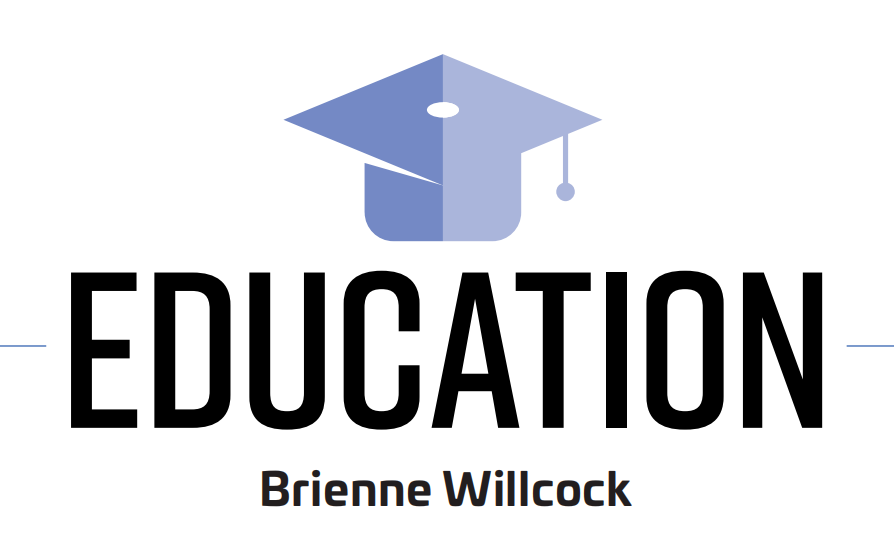Growing up, I loved the Choose Your Own Adventure book series (1979—1998) conceptualized by Edward Packard and published by R.A. Montgomery. Readers assume the role of protagonist, and decisions are available every few pages to move the plot of a fantastical story forward. Packard faced rejections selling the concept; his ideas being dismissed as too difficult to capture the attention of children, as there was significant choice involved. The series is now recognized as one of the top-selling of all time, and I imagine the “thanks-but-no-thanks” publishers regret underestimating the ability of children to be guided by intuition and enticed by the allure of control. In an article in The New Yorker¹, Packard’s daughter, Andrea, recalled that the diagrams and charts mapping the options for the stories felt like “houses of possibility.” In the same magazine article, the initial appeal to Montgomery about Packard’s work was narrowed to the enjoyment of:
- Immersive perspectives
- Decision junctures
- Forking paths.
Our individual intuition and education form a unique perspective by which to justify our own choices and navigate the consequences thereafter. Maturing beyond the Choose Your Own Adventure appeal (though not beyond my own tendency to embrace “choose” more than “adventure” and therefore read ahead), the allure of control remains for all of us.
In lighting, what we prioritize, when we prioritize it and how to communicate about the inevitable times the industry—or us as individuals—fall short certainly changes along with trends. In 2023, it became apparent that the reliance on oft-quoted lumens-per-watt exaggerated lifetime claims and click-to-compare style data (distribution, lumens, housing-finish options) will prove to be inadequate moving forward. Instead, design choices will increasingly be ethical and value-driven.
However, when we decide a path to take for a lighting solution (product development, marketing, design), the ethical and value-driven motives we hold will result in more forking paths. Not unlike the statistical problem of “the garden of forking paths,” we have more degrees of choice as to when to exercise elevated thinking about our industry’s values:
- The night sky and darkness as a resource
- Sustainability practices
- Data transparency and availability
- Human behavior and physiology
- Color influence and impact.
When and how those decision junctures are approached will mean the difference between “good enough” and excellent design thinking.
As a lighting designer, I never studied choice. I assumed lighting education would make me a better designer. It did. However, if I could encourage those starting out in any facet of the industry, I would recommend learning about the art of choice; recognizing when and how the act of making a choice will have a ripple effect.
If you’re curious to learn more, I recommend the book The Paradox of Choice—Why More Is Less² by Barry Schwartz. Wikipedia summarized it well: “This book argues that the dramatic explosion in choice—from the mundane to the profound challenges of balancing career, family and individual needs—has paradoxically become a problem instead of a solution and how our obsession with choice encourages us to seek that which makes us feel worse.” The decision juncture that I worried about the most (when I was working in design), but that conflictingly felt rewarding and empowering, was specification sheets and submittals. I think it was the allure of control. Each configuration represented a Choose-Your-Own-Luminaire-Type-Adventure, I suppose.
In The Wall Street Journal article, “How You Make Decisions Says a Lot About How Happy You Are,”³ Elizabeth Bernstein wrote about Schwartz’s book and research focusing on the two basic decision making styles: Maximizers and Satisficers. Bernstein summarized: “‘Maximizers’ like to take their time and weigh a wide range of options—sometimes every possible one—before choosing. ‘Satisficers’ would rather be fast than thorough; they prefer to quickly choose the option that fills the minimum criteria (the word ‘satisfice’ blends ‘satisfy’ and ‘suffice’). Maximizers are people who want the very best. Satisficers are people who want good enough.”
I know I’m a Maximizer. I’m assuming, in part, this is why I read ahead in Choose Your Own Adventure books. When it comes to lighting, I wonder, is a Maximizer ever going to be comfortably within the allure of control? With the number and weight of the decisions increasing—maybe the inevitable compromises made (even in submittal phase) will increase. Requiring an SPD file from a company that changes their luminaire between specific and submittal may take priority over the optimal distribution. Or would it be the other way around? Would designers go back to the beginning of the story and start over?
After reading this, hopefully you’re thinking a little more about your own decision making, so consider:
- Which decision style resonates with your own tendencies?
- How does it impact the success of your communication style, specification style, or sense of reward from a project?
- If you knew more about choice-making in general, would you change your day-to-day routine?
I hope we see an evolution in lighting education that addresses the critical decision point where learners process what they’ve heard and start on their own adventure. Perhaps we’ll head into a time when educators highlight the difference between “good enough” and excellence and what critical aspects of a topic help us distinguish the difference. It is important to ease into the acknowledgement that even if all the choices were optimal, the end result rarely matches the project intent. At some point, what we learn in webinars, conference sessions, articles and standards inform a choice we make by gut instinct, exhaustive research or both. I know the next time I give a presentation, I’ll consider that half the room might make decisions differently than I do, and it will change how I appeal to their process.
Brienne Willcock is director of Education and Standards for the IES.
References:
1 Leslie Jamison, “The Enduring Allure of Choose Your Own Adventure Books,” The New Yorker, Sept. 12, 2022.
2 Barry Schwartz, The Paradox of Choice, Harper Perennial, 2004.
3 Elizabeth Bernstein, “How You Make Decisions Says a Lot About How Happy You Are,” The Wall Street Journal, Oct. 6, 2014.


